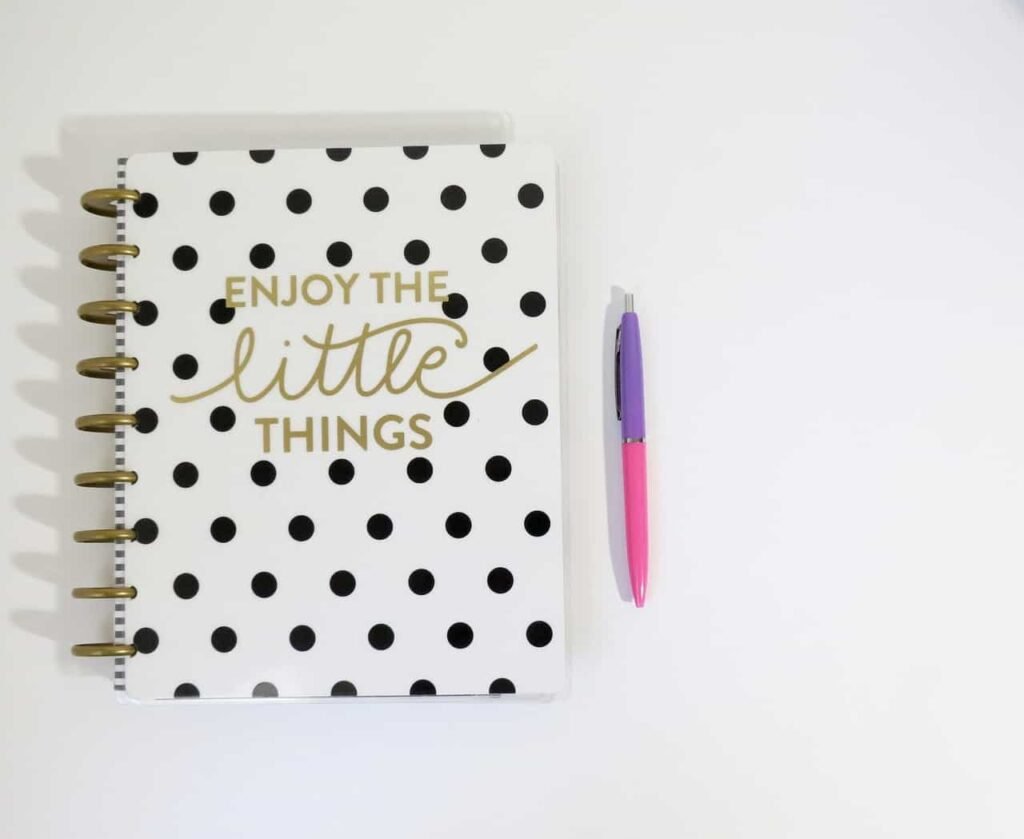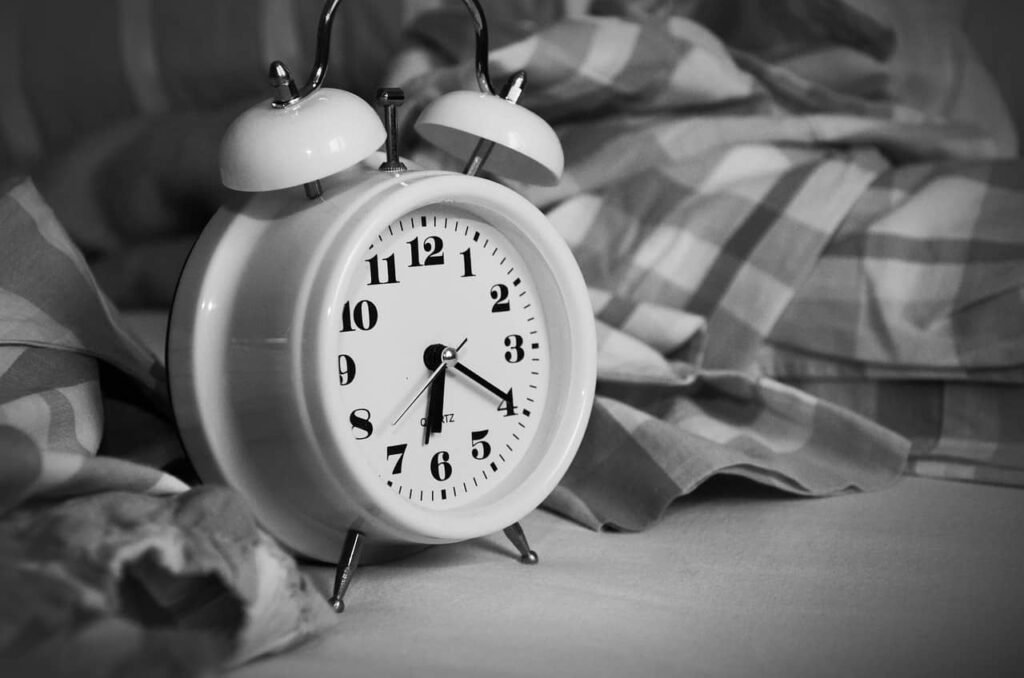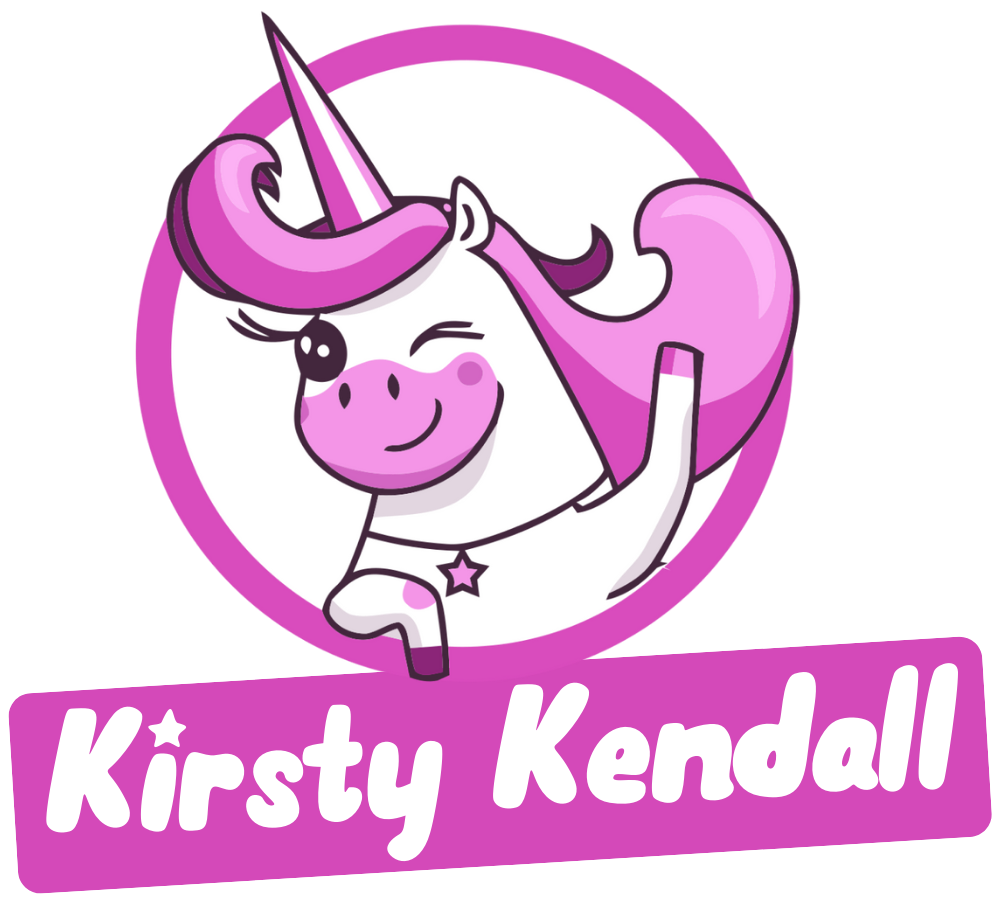Productivity tips don’t usually work for neurodivergent adults. That’s because these tips are made for neurotypical people with neurotypical brains.
But productivity doesn’t have to be the toxic, ableist kind of productivity. It can also be neurodivergent-friendly productivity. That helps us achieve our goals and live our best lives with the ASD / ADD brains we were born with.
I think fellow neurodivergent people offer better time management tips than neurotypical people. You only really know how ASD / ADD brain works when you have one.
Executive dysfunction and how it affects reaching your goals
The reason why neurotypical productivity tips don’t work for neurodivergent people is executive dysfunction.
Executive function is needed for planning, working memory, impulse control, inhibition, initiation, mental flexibility, and monitoring of action. The executive functions are supported by the prefrontal cortex.
Executive dysfunction is one of the core symptoms of ASD (autism spectrum disorder) and ADHD. Autistic people and people with ADHD share very similar challenges in executive functions.
30 to 50% of people with ASD also have ADHD so these conditions often co-occur. I also have both ASD and ADD and I often find it hard to separate the symptoms of these two diagnoses.
Executive dysfunction makes it difficult to plan for the future, make decisions, prioritize, and sequence actions. It is hard to achieve your goals if you can’t plan and prioritize the actions you need to take to reach a goal.
Many people, especially women, don’t get their ASD or ADHD diagnoses until they’re grown up. Some of us never get the right diagnosis. I was 28 when I was diagnosed with Asperger’s syndrome and ADD.
If you’re diagnosed as a child, you can get training to develop your impaired executive functions. Learning skills in childhood is much more effective than in adulthood. That’s why I still struggle with executive dysfunction daily.
Society doesn’t provide much help for neurodivergent adults. I realized I needed to find ways to help myself. So, how to get things done when you have executive dysfunction?
Set daily goals
Use a planner
You need to set your goals and write them down. You need a planner for that. It can be a digital planner or a paper planner. I prefer a paper planner. My favorite is a bullet journal.
A bullet journal is great for people with ADHD. Ryder Carroll who created the bullet journal method has ADHD. He developed the bullet journal to help organize his mind and life.
I like to keep my bullet journal simple. At some point, I tried to make my bullet journal as cute as possible. I spent time coloring it and decorating it with washi tape. It started to feel like my bullet journal was the main focus instead of a tool.

Prioritize
Prioritizing is one of the executive functions people with ASD and ADHD struggle with. Yet prioritizing is necessary before you can set your goals.
You don’t have enough time in your day to do everything you want. You need to prioritize. So, how do you prioritize?
First, you should write down what is most important to you at the moment. What do you want to achieve? What do you want from your life? You might also want to write down why these things are important to you.
My priority at the moment is writing. That’s because I now realize I need to focus on what I love to do the most. And also because I want to create a career as a writer. It is time to focus on my writing career now.
Make a to-do list
So, now you know what you want. You also have a planner so you can write down your daily goals. Choose 3 tasks you want to get done in a day. You can’t tackle 10 tasks a day, that’s too much. This is why prioritization is so important.
I chose 3 tasks on my to-do list today. The first task was paying the bills. It’s something I struggle with so I needed to add it to my to-do list. My second task for today is writing this article. My third task is reading a book chapter and taking notes on it. This is part of a freelance project I work on.
I write down my daily to-do list in my bullet journal. I usually write my list the previous day. This way I already know what I’m going to do each day when I wake up.
When I’m done with a task, I cross over it with a pen. Then I reward myself with a sticker. ADHD brain loves the dopamine boost it gets from an instant reward. Something as simple as sticking a sticker on your bullet journal can do the trick!
Starting an action (initiation) is one of the pain points of people with executive dysfunction. A to-do list helps me start a task. A written list also helps me remember what I need to get done and avoid distractions.
A to-do list alone may not be enough to get you started on a task. We’ll talk about additional tools later in this article.
Set SMART goals
Only set SMART goals. This means the goals need to be:
1. Specific
You need to know what exactly you want to achieve. For example, if your goal for the day is “write something”, that’s not specific. You don’t know how much you should write. If your goal is “write 500 words”, that’s specific. You know exactly what you need to do, which is very helpful for a neurodivergent person.
2. Measurable
When your goal is measurable, you know if you’ve achieved it or not. You can measure if you’ve written 500 words. You also know if you paid the bills or not because you have a specific amount of bills to pay.
If your goal is to “write something”, you don’t know how many words you should write to reach your goal. “Write something” is not measurable, it’s too vague.
3. Achievable
Make sure your goal is achievable. Writing a whole article today seemed achievable to me so that was one of my tasks. But if I had known this article would become so long, I might have set a goal to write only 1,000 words instead of a whole article.
This is something people with ADHD often struggle with. We tend to underestimate how long it takes to finish a task.
4. Realistic
A realistic goal is something you can achieve. Writing a novel in a day is not realistic. Writing an article in a day might be. That depends on how long it takes you to write an article and how long the article is going to be.
5. Time-framed
When you set daily goals, you already have a time frame for the goal. You want to get the thing done on the given day. But you may want to set a more specific time frame for each goal. Otherwise, you might spend the whole day on one task.
For example, you could give yourself two hours to write an article. It might still take you longer than two hours. But you’ll probably write it more quickly than if you give yourself a whole day.
Plan your relaxation time as well
For neurodivergent people, writing down daily tasks may not be enough. Executive dysfunction can even make you unable to start an activity you do just for fun. When I went to cognitive-behavioral therapy, my therapist suggested I should plan recreational activities on my planner as well.
I finally took my therapist’s advice when I realized I hadn’t played computer games for months, even though it’s one of my favorite hobbies. Last Saturday, I wrote down in my bullet journal: “Play a computer game”. It worked; I played a computer game!
So, I would suggest you write down 3 tasks you want to achieve each day. These are related to your work or studies, or they can be errands such as paying the bills or booking a doctor’s appointment.
If you have trouble getting started even with your hobbies and relaxing activities, try writing them down in your planner as well.
For neurodivergent people, productivity tips are not just about being productive. We need tools to get our life together. Not just to get work done and bills paid, but also to make sure we have time for hobbies and relaxation.

Do the hardest thing when you reach your peak focus
You have probably heard this advice: “Do the hardest thing first.” This tip might or might not work for neurodivergent people. Many of us are night owls, so mornings may not be our best time.
First of all, you need to figure out what time of the day you can focus the best. If you reach your peak performance in the evening, there’s no point in doing the hardest thing first. It might work better for you to leave it for later.
My focus is usually best a few hours after taking my ADHD meds. This is when I want to tackle the hardest thing on my to-do list. I may not be able to do it if I leave it for the evening. Today, I paid my bills first because that’s a very difficult task for me.
Use a time management tool that works for you
Now you’ve prioritized your goals and made a to-do list. You’ve also decided which task you’re going to do first.
What if you find yourself hanging out on Facebook or watching YouTube videos instead of working on a task? This is a common scenario for neurodivergent people with executive dysfunction.
As I mentioned earlier, the to-do list alone might not be enough to get you started on a task. You may need extra tools.
There are all kinds of productivity apps neurodivergent people like to use. I’m not a fan of apps because I like to keep things simple. I’m quite analogic. My bullet journal is minimalistic and I don’t like to have to-do lists all over the place. I have tried different time management apps and most of them just complicated my life.
Clockify Is a free and simple time management tool
I have found one app that is simple enough for me and it helps manage my time. This app is Clockify. You need to sign up for an account to use it but it is a free tool.
Clockify is available for Android and iPhone. You can also download a desktop app or use it on your web browser. I like that I can use Clockify on my computer. I don’t like to check on my phone when I’m working on my computer.
Clockify is basically a timer. You enter a task and name it. Then you press the start button to start the timer. The timer keeps counting in the background. When you finish or take a break you press stop. You can continue the timer later.
Clockify helps me get started on a task. When the timer starts, it’s a cue to me I have to start the task. I would feel like an idiot if the timer was running and I was doing something else than I’m supposed to be doing!
Thanks to the timer I also see how much time I spent on a task. Like many neurodivergent people, I have a poor sense of time. This app tells me the truth about how I use my time.
I often end up working too long without taking a break. I do use a Time Timer, which is an awesome tool for visually keeping track of time. It also has the option to set an alarm. But that’s a topic for another blog post; “How to pause a task when you have executive dysfunction”!

Reach your goals while embracing your ASD / ADD brain
Here’s a summary of how to get things done when you have executive dysfunction:
Set daily goals
- Use a planner
- Prioritize
- Make a to-do list
- Set SMART goals (Specific, Measurable, Achievable, Realistic, Time-framed)
- Plan time for relaxation and hobbies as well
Do the hardest thing in your peak focus time
Plan the order of your tasks based on when you reach your peak focus.
Use a time management tool that works for you
- If you can’t start a task, time management apps can help
- My favorite app is Clockify
Despite sharing the same diagnoses, we’re all individuals. Clockify is a time management app that works for me. You may find another app that works better for you.
Whatever methods you try, remember you don’t need to be perfect. There is no way to cure executive dysfunction. The right time management tools and skills help you get things done. But you may still not get everything done.
I only tackled two out of the three tasks I had set for myself today. Yet I should be happy with what I did get done. Without my ADHD meds and time management tools, I wouldn’t have been able to tackle even a single task.
Do you have more tips for how to get things done when you have executive dysfunction? I’d love to know what works for you! Please share your thoughts in the comments.







